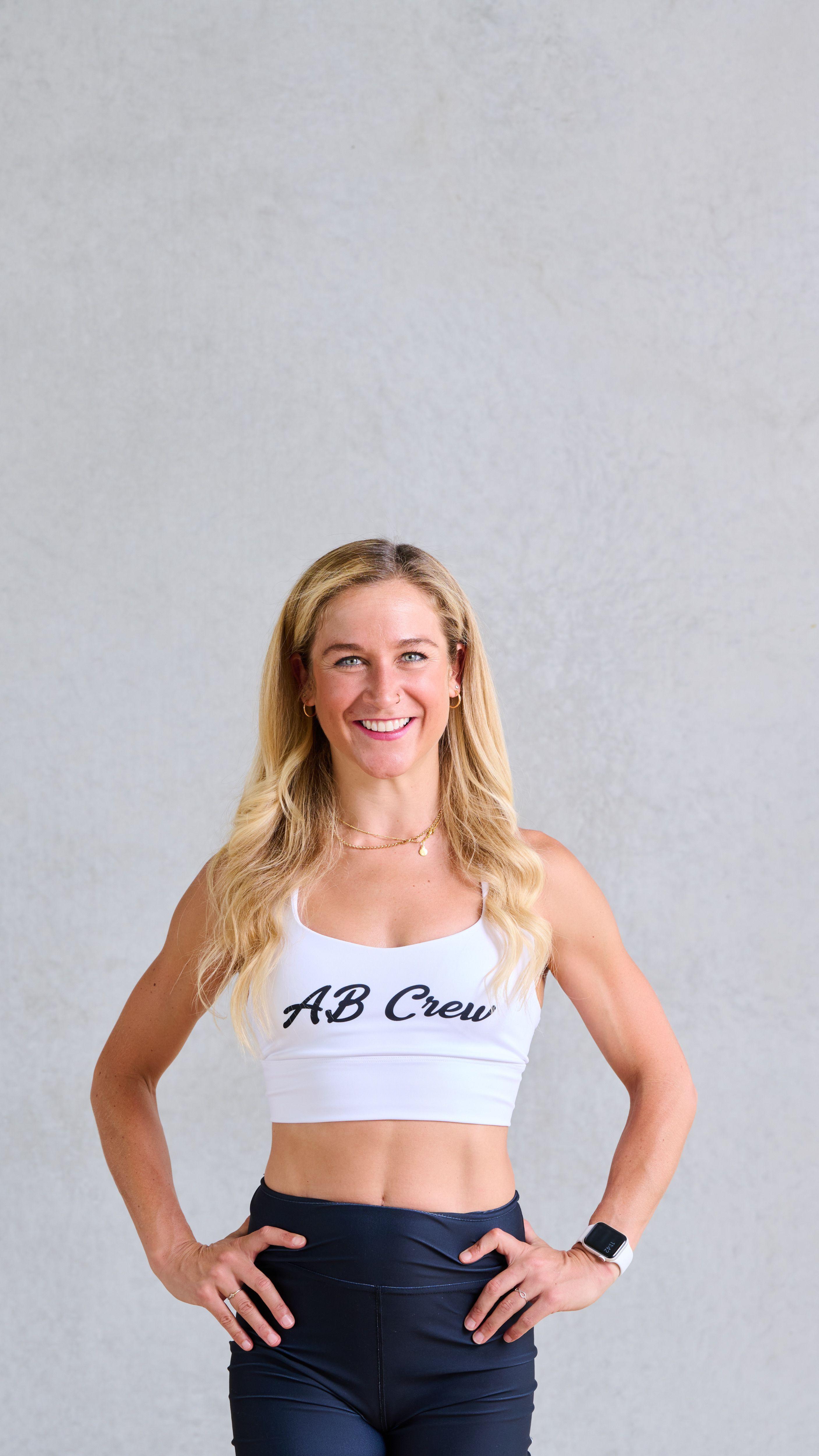Achilles Tendinopathy is a frequent challenge among runners of all distances, including sprinters, middle-distance, and ultra-marathon enthusiasts. This condition arises from inflammation or irritation of the Achilles tendon (the large tendon connecting the calf muscles to the heel bone). It can significantly impede running performance and, if left untreated, escalate into severe complications such as tendon tears.
Symptoms of Achilles Tendinopathy
Symptoms often include a dull, localised ache that worsens with activity or upon waking, stiffness in the calf area, tenderness on palpation along the tendon, mild to moderate swelling and crepitus (a grinding / creaking feeling) on movement of the ankle.
Causes and Effective Management
The most common cause of Achilles tendinopathy is repetitive stress and overload, often exacerbated by a rapid increase in running intensity or distance. Aging also plays a role, as tendons lose elasticity over time, increasing injury risk.
Effective management strategies include:
- Temporarily reducing activities that load the Achilles tendon, such as uphill running, speed work and running on uneven terrain.
- Initially offloading the tendon to allow healing by adding small heel wedges into your shoe. Taping strategies can also provide comfort.
- Applying ice to decrease swelling and inflammation.
- Integrating cross training and low-impact exercises to maintain fitness without additional strain to the tendon.
- Strengthening the foot and calf muscles to support and stabilise the tendon. A thorough assessment by a Physiotherapist, with a plan for progressive strength loading can be an absolute game changer!
- Incorporating run-specific strength rehab into your weekly training, such as Pilates on the forRunners.app. Strength and stability around the hips and pelvis can help to minimise load further down the chain, such as the foot and ankle.
- Gradually introducing double and single leg plyometric drills to restore power and elastic recoil in the tendon.
- Completing a running gait assessment to identify contributing factors. This can be combined with a footwear analysis for optimal results.
- Slowly re-introducing speed and hill work within a tolerable range. Refer to our blog on "Navigating the Road to Injury Free Running," or seek professional help.
If pain persists, consult a healthcare professional. Treatment may involve rest, specialised physiotherapy, and potentially medication to alleviate pain. Adhering to a comprehensive recovery plan can help runners return to their passion with renewed strength and reduced injury risk.
Alice Baquie
Founder of forRunners.app, Physiotherapist & Pilates Instructor

About Alice Baquie
Alice has been a physio for fourteen years and specialises in injury prevention and management for runners. Alice has represented Australia in distance running and gymnastics so has sound knowledge of athletic performance and understands the importance of strength conditioning and mobility to help keep the body moving effectively to mitigate injuries.
Alice, otherwise known to her wonderful pilates community as AB is a fun loving inclusive person always ready to chat and have a laugh and has hosted 1000’s of online classes which attract people from all around the world, including 25 Aussie Olympians.


